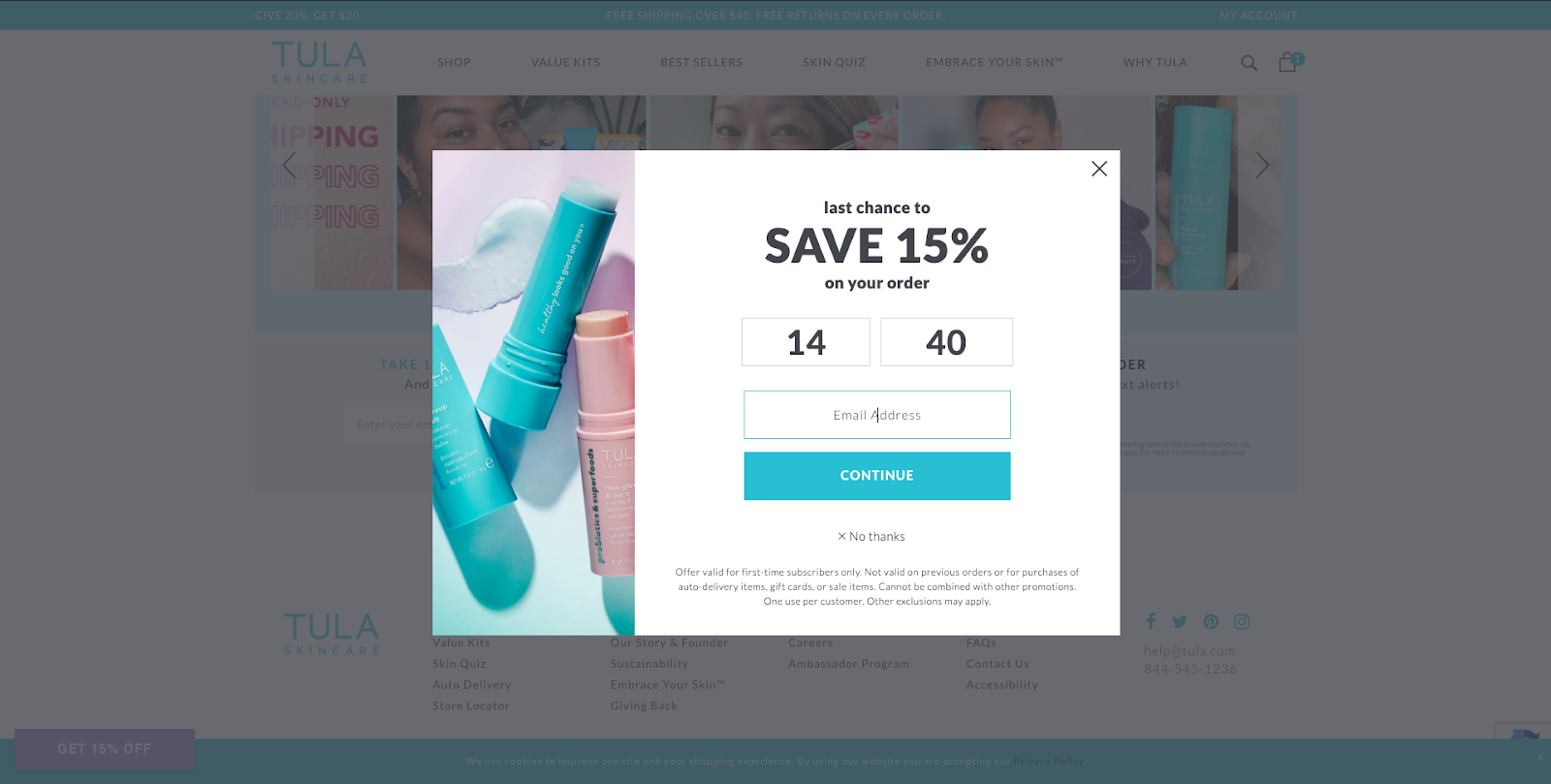
A timeline of e commerce history may reveal some interesting events. These events include CompuServe's Electronic Mall's launch, Amazon dominance, Etsy's dominance, and the Dot-com boom. But how do we know the true history and evolution of ecommerce. How did the Internet become the biggest retail industry in the world and the most popular? What was the beginning of Etsy, Amazon and other online retailers?
CompuServe launches Electronic Mall
CompuServe is a pioneering network service for home PC users. It was also a highly successful addition to the Internet. In addition to e-mail and message boards, CompuServe provided chat rooms. But in the mid-1980s, it added a service called the Electronic Mall, which allowed users to buy goods and services directly from 110 merchants on the Internet. The Electronic Mall was not a huge hit, but it was an early example of e-commerce.

Dot-com bubble
The dotcom bubble was the most famous speculative mania in the history and evolution of telecommunications. The IPO boom generated huge profits for banks and the influx funds into young dotcom business that had not yet made a profit fueled speculative activity.
Amazon's dominance
Amazon is a market leader in online e-commerce, with its online retail business growing by an average 39% per quarter. The company started selling books online. Now, it is a major retailer with millions of products sold worldwide. Amazon is now the most valuable retailer worldwide, surpassing Walmart in 2015. Amazon is not only focused on profit. Amazon's growth has been slowed due to a number of issues.
Etsy
There was a lot of speculation about Etsy's potential to be a major competitor to eBay when it first launched. Etsy sellers had many complaints about the company's inability to properly handle complaints. Comparing the two ecommerce websites, there were complaints about interface speed and difficulty finding products. Etsy's search tools received positive reviews. Highly praised was also the company's "Shop Local", tool.

Google's voicefirst shopping technology
Conversations with intelligent assistants may result in a purchase. But it could also mean a bad customer experience. Voice tech is still in its infancy and needs to be understood correctly. This could have disastrous consequences for business applications. The quality of natural language processing has improved tremendously in recent years. It is now possible to converse with a virtual assistant.
FAQ
How can I be a smart consumer in online shopping?
It is important to know how to make informed choices. This is key to success. Knowing what you want is key to success. Find the best deal for yourself.
It is important to compare prices and shop around. This will allow you to decide where your money should go.
When you're looking at products on websites, read reviews and ratings carefully. These ratings and reviews can help you decide whether or not to buy.
There are many ways you can save money on your purchase, including coupon codes and discounts.
A credit card company can provide financing if you purchase expensive goods. You may be eligible for 0% interest for 12 consecutive months.
You can save money online shopping in many ways, but these are just a few.
How to avoid fraudulent use of credit cards online
Before you make any purchases online with credit cards, be sure to check your statements. Pay only what you owe on your bills. To check your bank statements frequently for suspicious activity, Call your card issuer immediately if you see any unusual charges. They will often cancel the transaction, and then refund any money that was taken from your account.
You can report to your local police if you suspect you've been duped. You can file a report with the Federal Trade Commission (FTC) as well.
Do debit cards work well when you shop online?
It all depends upon what you are buying, and how much. If you don't want to pay extra fees for using a credit card, then you should go for a debit card.
If you don't have the cash to pay for a purchase, a debit card might be the best option. You won't be charged any extra fees.
A debit card allows you to withdraw money from an ATM machine without incurring interest or other charges.
You can also buy groceries and petrol at ATMs. It makes it very convenient.
Statistics
- A report from the U.S. Census Bureau found that in the first quarter of 2022, an estimated $250 billion was spent on retail e-commerce sales.1 (thebalance.com)
- According to the Federal Trade Commission (FTC), online shopping was the fourth most common fraud category for consumers as of February 2022.5 (thebalance.com)
- Beyond that, you'll be liable for a 25% import tax. (makeuseof.com)
- Your Online Purchases 79% of Americans purchased goods and services online in 2018, which is expected to exceed 90% in 2023. (meetfabric.com)
External Links
How To
How to shop online safely
Online shopping is one way to get goods and services at a very convenient price. But, convenience comes with a cost. Although there are many benefits to shopping online, there are also potential risks. Identity theft is the greatest risk. Identity thieves use your personal data (name, address, credit card number) to steal money from you or take out fraudulent loans against your name. Your stolen information is then sold on the black marketplace. If you want to stay safe while doing business online, here are some tips to keep in mind:
-
Use a secure website. SSL encryption is a free service offered by most online stores to protect customers' data. You can only see the information that you entered, such as names and addresses or credit card details. It prevents anyone else from reading what you enter. When you are choosing an online store to do business, make sure they have a valid certificate from a recognized CA. When you browse, look for the green padlock icon beside the URL bar.
-
Keep your password secret. When you first sign-up for a new account you'll receive an email asking for confirmation of your username and/or email address. These credentials should not be shared with anyone. Don't keep them in your wallet. They could also be used to access your accounts if you lose your wallet. Instead, store them on your computer. It is also recommended that you change your passwords at least once every three months.
-
Keep track of all your orders. Sending items to yourself and others is a good idea. Keep track of the addresses you send them. Many people fall prey to fraud by believing that they sent something to themselves but it was actually sent to someone else. Before paying for shipping, make sure you verify the tracking number. You should never ship anything without proof of delivery. If you aren't satisfied with the service rendered, please contact the company right away.
-
Know who you're dealing with. Many websites will ask you to provide sensitive information such as your full name, date of birth, Social Insurance Number, and bank routing number. They use these details to identify you so they should be cautious about what information they ask for. Google "what information does a website need" to find out if it is. You'll find many solutions.
-
Pop-up windows are a danger. Many websites will bombard you daily with pop-ups offering special offers, discounts, and other products. While some advertisements might appear legit, others will trick you into sharing private information. Fake antivirus programs might ask for your bank information, credit card number, and social insurance number. Avoid being tricked by clicking on links that look suspicious.
-
Phishing scams are to be avoided. Phishing scams involve hackers pretending to be from reputable businesses in order for consumers to hand over their financial details. Phishers often create emails that look like they come from banks or retailers, encouraging users to log in and update their account information. The hacker can access your finances once you have given your personal information. Hackers could even take over your bank accounts or transfer funds from one account to another. You have many options for identifying a scam email, including How to Spot Phishing Scams.
-
Do your homework. Read the fine print before signing up to any deal. You must understand the terms and conditions before you sign any contract. It is important to carefully read the terms and conditions. To save money, avoid paying hidden fees.
-
Look around. Do not be afraid to shop around. Compare prices from different websites until you find a good deal. Compare shipping costs for multiple items. Shipping costs will vary depending on which website they are from. For expedited shipping, it is worth paying a bit more.